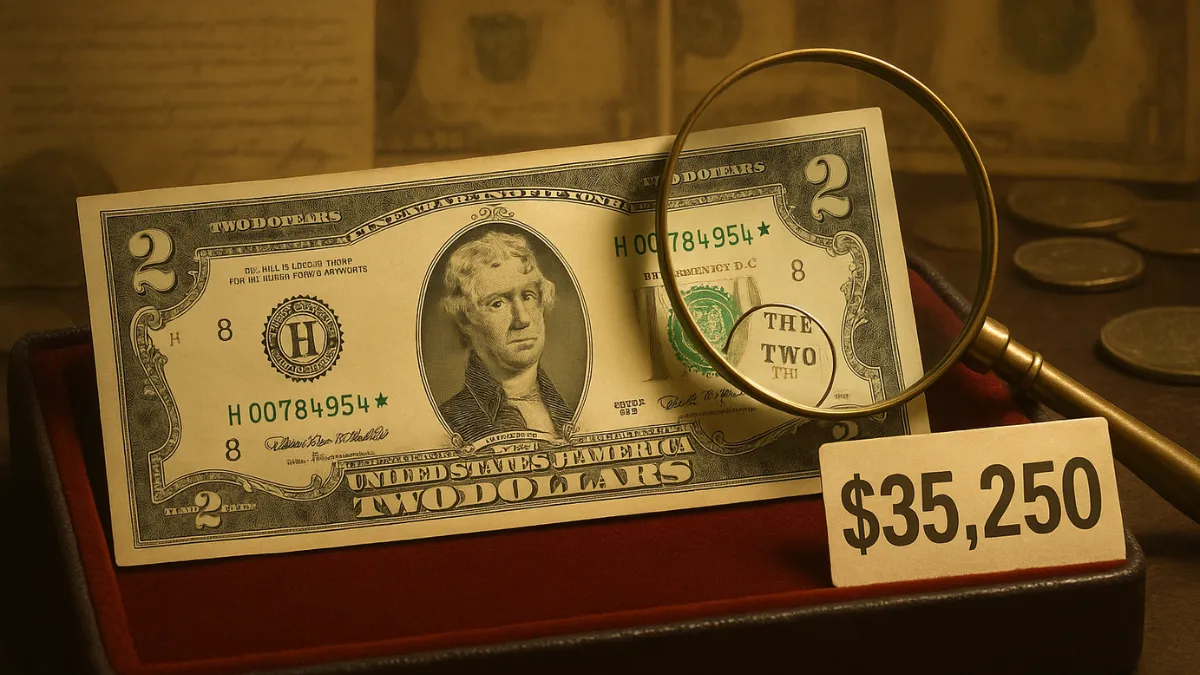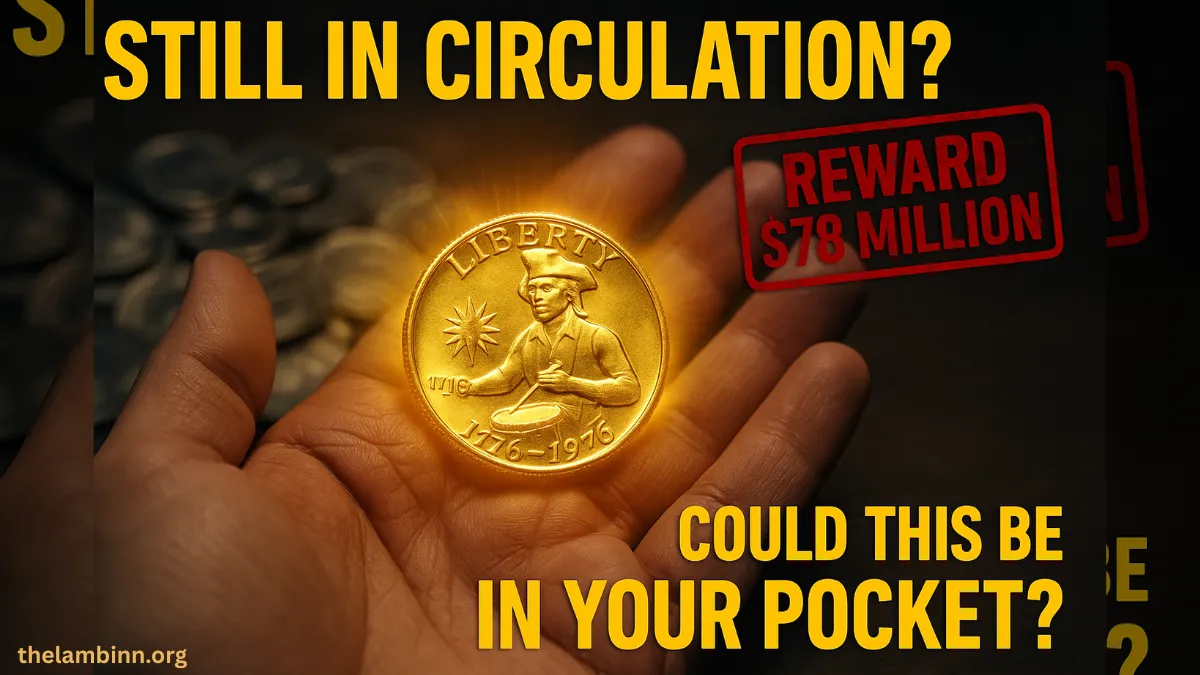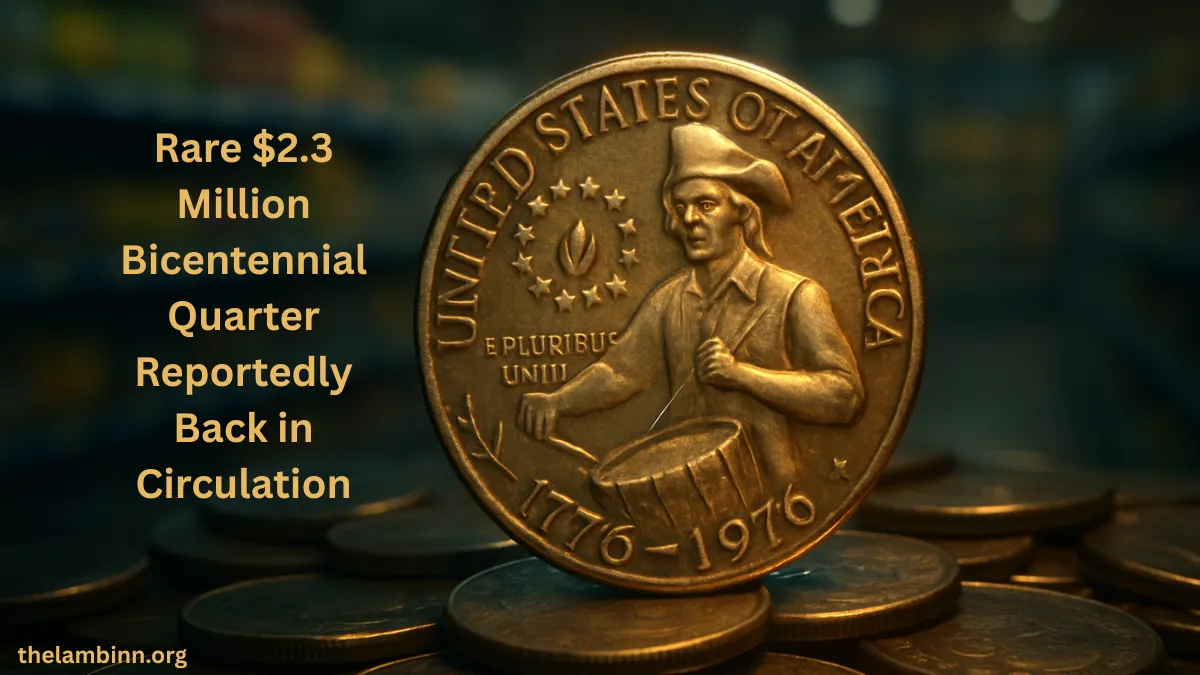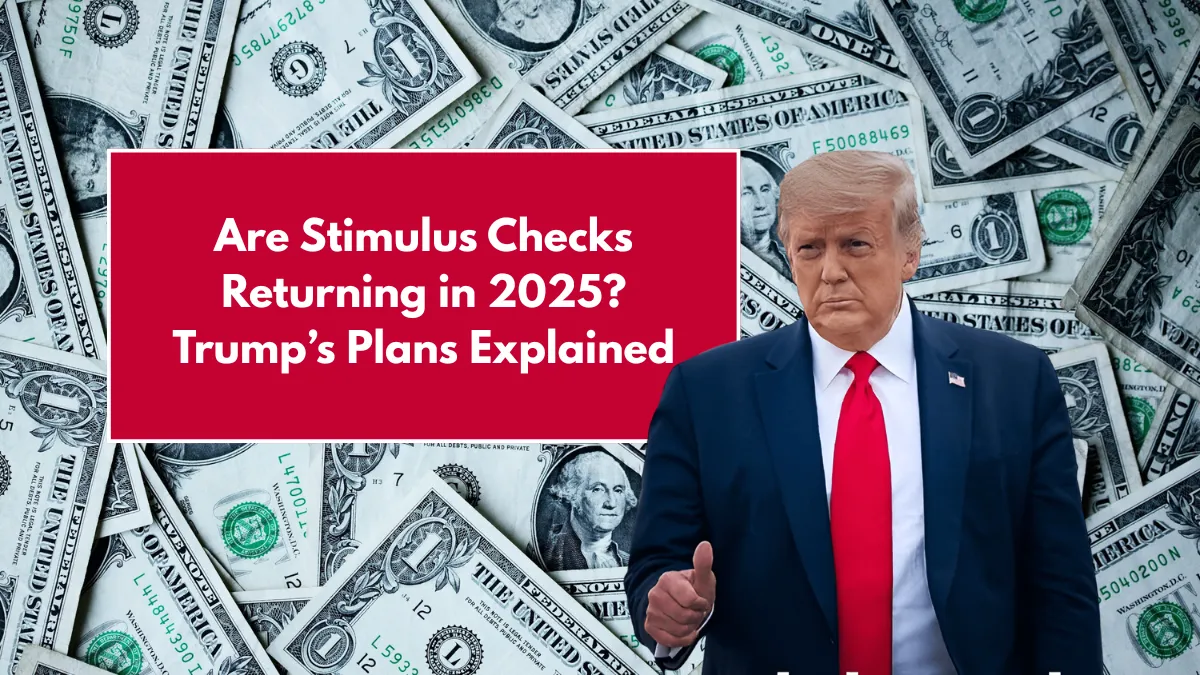Imagine sifting through an old drawer in your garage and stumbling upon a penny that could change your life. It might sound like a fantasy, but for one fortunate individual, this incredible story became reality when they uncovered a rare Lincoln Wheat Penny tucked away in a forgotten spot.
These modest-looking coins, minted between 1909 and 1958, are more than just spare change—they’re fragments of American history that can be worth astonishing amounts. In this guide, you’ll learn about five Lincoln Wheat Pennies that together have sold for over $3 million, plus expert advice on how to start your own journey into coin collecting. Whether you’re a passionate numismatist or a curious beginner, this article will spark your interest and might even lead you to your own hidden gem.
What Makes Lincoln Wheat Pennies So Special
Lincoln Wheat Pennies are one-cent coins first produced by the U.S. Mint in 1909 and continued through 1958. They’re named after the wheat ears on the back side, while the front features a portrait of President Abraham Lincoln—created by sculptor Victor David Brenner.
These pennies hold a cherished place in coin collecting because of their historical value and occasionally astronomical worth. While most are only worth a few cents, specific versions—especially those with errors or limited mint runs—can bring in hundreds of thousands or even millions of dollars.
More than just collectibles, these coins serve as a gateway into numismatics, blending history, design, and the excitement of treasure hunting. If coins like the Buffalo Nickel or Indian Head cent intrigue you, the Lincoln Wheat Penny offers an excellent place to start.
The Origins of the Lincoln Wheat Penny
Launched in 1909 to honor Abraham Lincoln’s 100th birthday, the Lincoln Wheat Penny marked a turning point in U.S. coin design—it was the first to feature an actual historical figure. The reverse side displayed two wheat stalks, symbolizing prosperity and unity.
For nearly 50 years, these coins were mass-produced and circulated widely across the United States. Some editions—especially those struck at the Denver (D) or San Francisco (S) Mints—had significantly lower production numbers, making them rare today.
In 1943, during World War II, the Mint switched to zinc-coated steel to preserve copper for military use. A handful of bronze planchets mistakenly made their way into production, creating one of the rarest U.S. coins ever. In 1959, the wheat design was replaced by the Lincoln Memorial, but collectors still hunt for the older versions in hopes of finding a valuable rarity.
Why Certain Pennies Are Worth Millions
The high value of specific Lincoln Wheat Pennies comes down to three main factors: rarity, condition, and historical context.
- Rarity: Coins with very low mintage numbers or minting mistakes—like the bronze 1943 penny—are extremely difficult to find.
- Condition: Coins in pristine, uncirculated condition (graded MS-60 or above) often fetch far more than worn-down examples.
- Historical Context: Coins tied to unique events or stories, such as the WWII-era errors, become more desirable among collectors.
Many people are drawn to numismatics not just for potential profits, but for the excitement of discovering a slice of history in an unexpected place—like a pocket or junk drawer.
Top Five Lincoln Wheat Pennies Worth Over $3 Million Combined
1943-D Bronze Penny
Estimated Value: Up to $2.3 million
This coin is an accident turned treasure. While 1943 pennies were meant to be steel due to copper shortages, one bronze planchet was mistakenly struck at the Denver Mint. Only one known example has surfaced, making it incredibly valuable.
How to Identify: Copper-colored with a “D” mint mark. It won’t stick to a magnet and weighs about 3.11 grams, unlike steel pennies which are lighter.
1909-S VDB Penny
Estimated Value: Up to $2.2 million
The original Lincoln Penny minted in San Francisco included Victor David Brenner’s initials on the back. After public backlash, the initials were quickly removed, leaving only 484,000 of the original version in circulation.
How to Identify: Look for the “S” mint mark and “VDB” initials on the reverse of a 1909 coin. Condition significantly affects value.
1955 Doubled Die Obverse Penny
Estimated Value: Up to $1.8 million
A striking error caused doubled lettering on the front of the coin, especially noticeable in the words “LIBERTY” and “IN GOD WE TRUST.” Only about 20,000–24,000 were distributed before the mistake was caught.
How to Identify: Check for visibly doubled text on the obverse. Even circulated examples can sell for thousands.
1914-D Penny
Estimated Value: Up to $159,000
With only 1.2 million minted at the Denver Mint, this penny is particularly rare in mint condition. The limited release during the pre-Depression years boosts its appeal.
How to Identify: Look for a 1914 date with a “D” below it. Red, uncirculated versions are the most sought-after.
1922 No D Penny
Estimated Value: Up to $75,000
Due to a worn-out die at the Denver Mint, some 1922 pennies were produced without a mint mark. These are often faked, so authentication is crucial.
How to Identify: A 1922 penny with no visible mint mark. Always verify with a professional grader.
Starting Your Coin Collecting Adventure
Getting into coin collecting doesn’t require a huge investment. You can begin with everyday change and a keen eye.
- Inspect Your Spare Change: Go through old coins, jars, or inherited items. Focus on pennies minted between 1909 and 1958.
- Learn the Rare Years: Key dates like 1909, 1914, 1922, 1943, and 1955 are worth knowing. Mint marks can significantly boost value.
- Use Proper Tools: A magnifying glass or jeweler’s loupe helps you spot fine details like mint marks or doubling.
- Consider Coin Grading: Professional services like PCGS or NGC can authenticate and grade your coins, which can raise their market value.
- Join a Community: Connect with other collectors through local clubs, online forums, or social media to learn and share.
- Attend Coin Events: Visit coin shops or expos to buy, sell, and network with experts.
- Handle with Care: Always hold coins by the edges and avoid cleaning them. Use flips or albums for safe storage.
Fast Facts for Collectors
- The 1943 bronze penny is one of the rarest, with only 15–20 examples known. One sold for $1.7 million in 2010.
- The 1909-S VDB is the lowest mintage of the series at just 484,000 coins.
- Auction records show Lincoln Wheat Pennies can fetch well over $1 million depending on rarity and condition.
- Be cautious—many 1943 copper pennies are counterfeit. Always test with a magnet and get expert opinions.
- Coin collecting has gained massive popularity thanks to social media stories about rare finds in everyday change.
Expert Advice for Successful Collecting
- Use the Magnet Test: Real 1943 bronze pennies won’t stick to magnets, unlike the common steel version.
- Prioritize Condition: Uncirculated coins with high grades can command 10 to 100 times more than worn ones.
- Research Prices: Before selling, check platforms like Heritage Auctions to see what similar coins have sold for.
- Avoid Overhype: Some viral stories exaggerate coin values. Always rely on verified sales and expert resources.
- Store Coins Properly: Use protective sleeves or albums to prevent damage and maintain value.
Frequently Asked Questions
Are all Wheat Pennies valuable?
No, only specific coins—typically those with rare dates, mint marks, or errors—carry significant value.
How do I know if my 1943 penny is bronze?
It will be copper-colored, weigh 3.11 grams, and won’t stick to a magnet. Confirm with a professional appraiser.
Where can I find valuable Wheat Pennies?
Check old coin jars, estate sales, flea markets, or even loose change. Coin shops and online marketplaces also have options.
Should I clean old coins before selling?
Never clean coins. It removes natural patina and can greatly reduce their value.
How can I sell a valuable coin?
Have it graded by a trusted service like PCGS or NGC, then list it through reputable dealers or auction sites.
Final Thoughts
The Lincoln Wheat Penny is more than just a relic—it’s a potential goldmine hiding in plain sight. From the nearly mythical 1943-D bronze penny to the historic 1909-S VDB, these coins represent history, art, and the thrill of discovery.
Whether you’re an experienced collector or a curious newcomer, there’s excitement in every coin you check. Dive into the world of numismatics today—you might just find a fortune in your own pocket.
Walter is a dedicated finance blog writer known for his insightful analysis and practical money advice. With a strong background in financial planning and market research, he simplifies topics like saving, investing, and retirement for readers of all levels. Walter’s goal is to help individuals take control of their finances and build a secure financial future through informed decisions.





